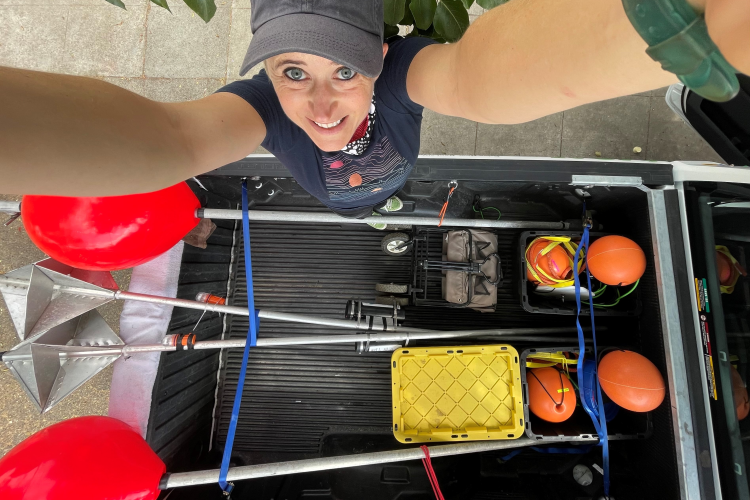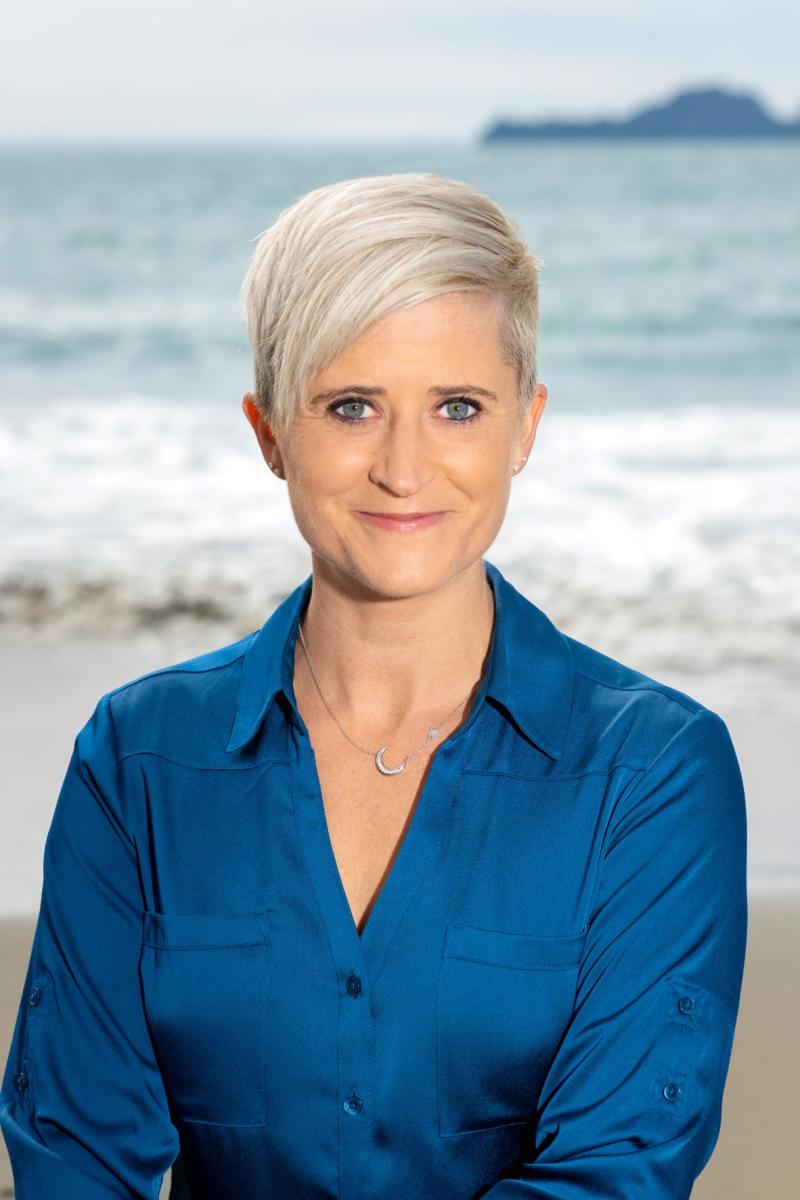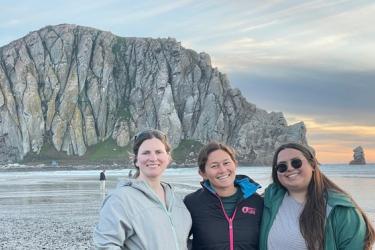Working from home can get lonely, as I’m sure many of you know all too well. I’m glad that I have the ability to work remotely, and have access to tons of archived underwater acoustic data to study whales and dolphins. But I’ve learned that indeed I am actually a social animal, and that my science is stronger when working with a team. You can imagine my excitement this summer when, as the world started to safely open up, I was asked to deliver our drifting buoys to real, live, human scientists in the field!
My name is Anne Simonis, and I’m part of the team at NOAA’s Southwest Acoustic Ecology Lab. I’m currently working on a project we call “ADRIFT,” focused on understanding the potential impacts of future wind farms offshore of California. We collect acoustic recordings using drifting buoys (Cory described building these in our last Sound Bytes post), and study the presence and behavior of marine mammals by listening to the sounds that they make. In marine science, ship time is often the most expensive part of a study. To save money, we are trying to form partnerships with other boaters who are already planning on being out on the water. We are designing our buoys to be easy to deploy and recover, so just about anyone can help us to collect data.
We recently formed a partnership with the Applied California Current Ecosystem Studies (ACCESS) program, which monitors marine ecosystems offshore of San Francisco Bay, including the Cordell Bank and Greater Farallones National Marine Sanctuaries. These sanctuaries support abundant marine life, and are important feeding grounds for endangered blue and humpback whales. I highly recommend listening to the sound clip of humpback whales that we recorded!
This summer, our sanctuary partners helped us to deploy seven drifting buoys. The recovery of some of those buoys was <ahem> challenging to say the least, but that’s a topic for another day. The acoustic data we collected is helpful for ADRIFT, because it will help us to understand the movement of animals that might be impacted by future wind farms. But that’s not all. It also will serve our collective mission to save whales from ship strikes. From the acoustic data, we will be able to learn about the distribution of large whales in relation to shipping lanes outside of San Francisco Bay. Ultimately, this information can inform planning and management of shipping lanes, and ideally reduce ship strikes, which are a major threat to recovering whale populations.
I love forming connections with other researchers, fishers, and boaters through ADRIFT. These partnerships allow each of us to play to our strengths, learn from each other, and make new friends along the way. We really depend on the power of partnerships to collect data for this project. If you have a boat that works offshore California (>10 nautical miles offshore) and are interested in helping to deploy or recover our drifting buoys, please fill out this form.
This study was funded in part by the Bureau of Ocean Energy Management and NOAA Fisheries’ Southwest Fisheries Science Center.





